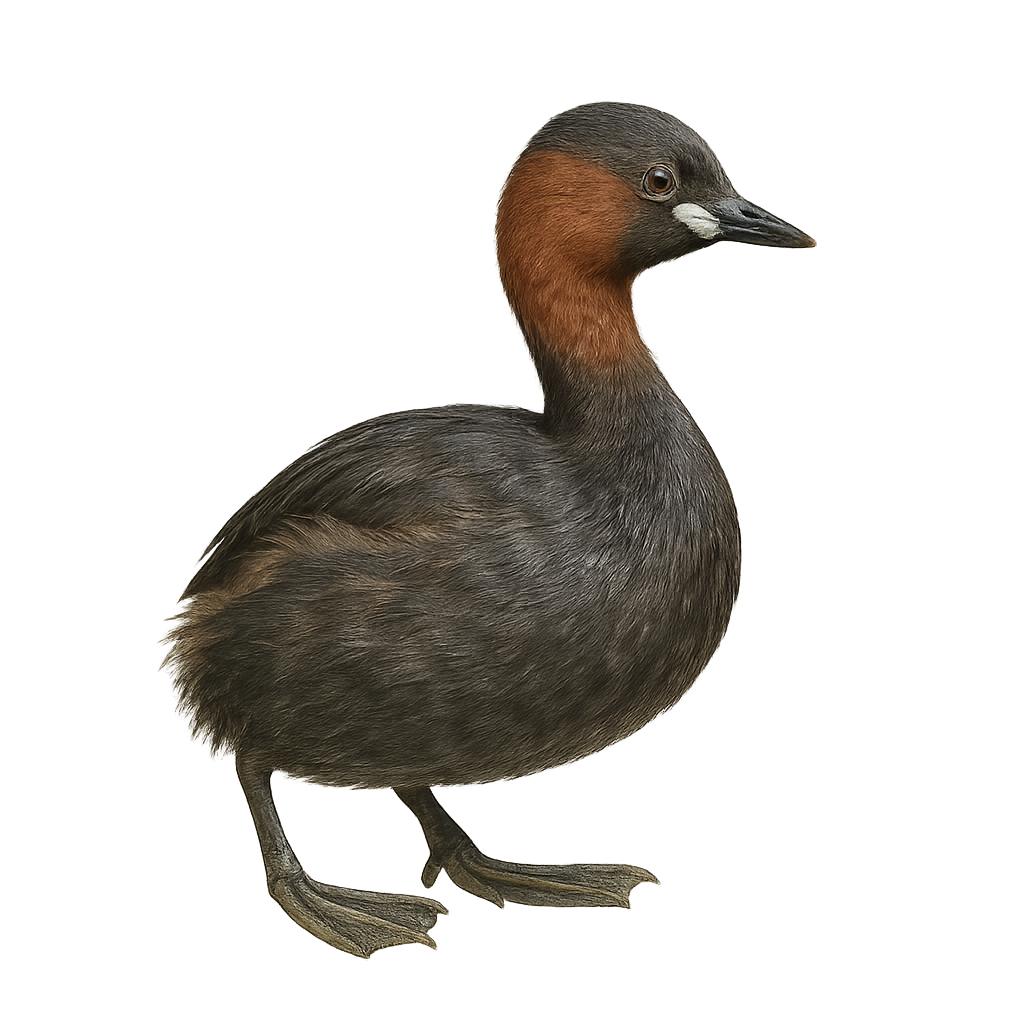Observe and photograph a species in its natural habitat
Learn where and when to observe a species in the wild, how to recognize it in the field, and what habitats it lives in. Get photography tips adapted to its behavior and capture stunning images without disturbing the animal. For full details, open the complete profile in the WildlifePhotographer app.
Little Grebe
Scientific name: Tachybaptus ruficollis

IUCN Status: Least Concern
Family: PODICIPEDIDAE
Group: Birds
Shyness: Suspicious
Safe distance: 30 m
Breeding season / Courtship: 15.03-15.07
Gestation: 20 à 27 jours
Births: 15.04-15.08
Habitat:
Wetlands with dense vegetation: lakes, ponds, marshes with reed beds and sedges
Description:
The Little Grebe is the smallest European grebe, measuring about 29 cm in length with a wingspan of 40 to 45 cm. In breeding plumage, it has a bright chestnut throat and nape, giving it its name, and a yellow spot at the base of the bill. In non-breeding plumage, it is more subdued, with a dark brown back and a light belly. It inhabits wetlands such as lakes, ponds, marshes, and reed beds, where it can easily hide. It feeds primarily on aquatic insects, small crustaceans, tadpoles, and small fish. Reproduction occurs from March to July, with one or two clutches of 4 to 7 eggs each. The young are precocial and can swim and dive immediately after hatching. A partial migrant, it winters in the milder regions of Europe. Listed as Least Concern by the IUCN.
Recommended lens:
>=400 mm
Photography tips:
Use a telephoto lens to photograph the Little Grebe, especially during its courtship display or when carrying its young on its back. Favor soft morning or evening light to capture the details of its plumage. Be patient and discreet to observe its natural behaviors.
Ready to take action?
Choose your platform and start your free trial today



